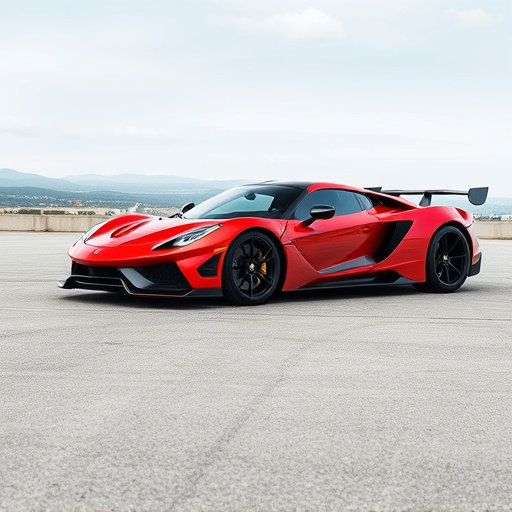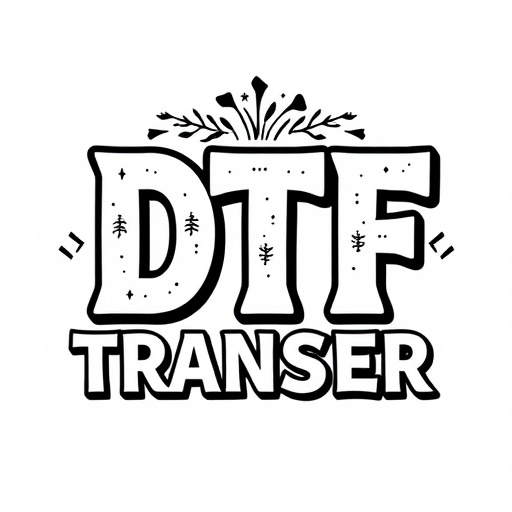Selecting the appropriate supercharger pulley size is key for optimal performance in forced-induction setups, aligning with vehicle intake systems. Pulley diameter impacts efficiency and boost pressure delivery, requiring tailoring to driving style and speed ranges. Careful consideration ensures peak engine output by balancing airflow rates with system compatibility, especially for supercharger-compatible intakes.
When upgrading to a supercharger, selecting the right pulley size is crucial for optimal performance and efficiency. This guide delves into the intricacies of supercharger pulley sizes and compatibility, offering insights on key factors to consider. From understanding the interplay between supercharger compatible intakes and forced-induction systems to choosing the ideal pulley for peak power output, this article equips car enthusiasts with essential knowledge for a successful upgrade.
- Understanding Supercharger Pulley Sizes and Compatibility
- Factors to Consider When Choosing the Right Pulley Size
- The Impact of Forced-Induction on Pulley Selection
Understanding Supercharger Pulley Sizes and Compatibility

Supercharger pulley sizes are a critical component in any forced-induction setup, as they directly impact the overall performance and efficiency of your supercharger system. When selecting a supercharger pulley, understanding compatibility with your vehicle’s specific intake system is essential. Different supercharger setups require unique pulley sizes to achieve optimal boost pressure and power output.
The size of the supercharger pulley determines the amount of rotational speed transferred from the engine to the compressor, affecting airflow and ultimately, power generation. Ensuring that the pulley matches the requirements of your forced-induction system, including intake design and capacity, is crucial for a seamless installation and peak performance. Compatibility between the supercharger pulley and other components, such as belts or chains, must also be considered to guarantee reliable operation.
Factors to Consider When Choosing the Right Pulley Size

When selecting a supercharger pulley size, several key factors come into play to ensure optimal performance for your forced-induction system. One primary consideration is compatibility with your vehicle’s supercharger and intake setup. Not all superchargers are designed to work harmoniously with every pulley size, so it’s crucial to check the manufacturer’s specifications. The pulley’s diameter directly impacts the belt’s wrap angle around the flywheel and supercharger, affecting the overall efficiency of the forced-induction system.
Additionally, the choice of pulley size influences the amount of boost pressure your supercharger can deliver. Larger pulleys result in higher rotations per minute (RPM) at lower engine speeds, leading to increased boost pressure. Conversely, smaller pulleys provide more boost at higher RPMs. Consider your driving style and typical speed ranges to determine the ideal pulley size that balances boost delivery and overall performance for your supercharger compatible intake system.
The Impact of Forced-Induction on Pulley Selection

When considering pulley sizes for a supercharger, it’s crucial to understand the intimate relationship between forced-induction systems and pulley selection. Superchargers, by their nature, force more air into the engine, boosting power output. This process requires careful management of airflow, which directly impacts pulley choice. A supercharger compatible intake system, designed for efficient airflow, demands a pulley that can handle both the increased load and maintain optimal pressure differentials.
The size of the pulley plays a vital role in managing the flow of air into the engine. Larger pulleys can accommodate higher airflow rates without compromising efficiency, making them ideal for supercharger setups. Conversely, smaller pulleys may enhance performance in certain contexts but could lead to restrictions in airflow, especially under heavy load. Therefore, selecting the appropriate pulley size is essential to ensure peak engine performance with a supercharger-based forced-induction system.
When selecting a supercharger pulley size, understanding compatibility with your vehicle’s specific forced-induction system is crucial. By considering factors like intake design and engine specifications, you can ensure optimal performance and efficiency. The right pulley size directly impacts boost levels and overall engine health, making informed choices essential for any automotive enthusiast seeking enhanced power output from their supercharger setup.














